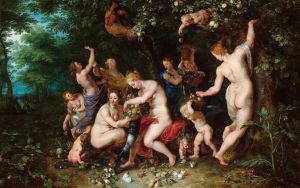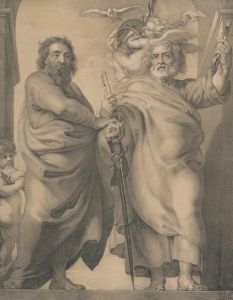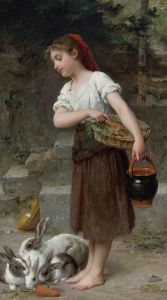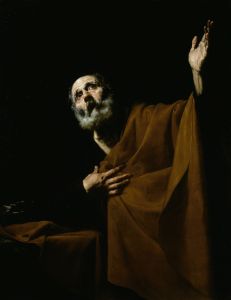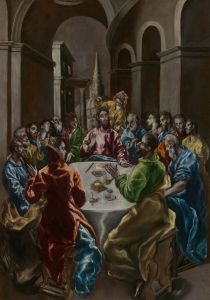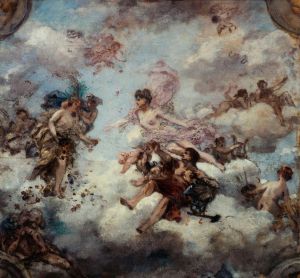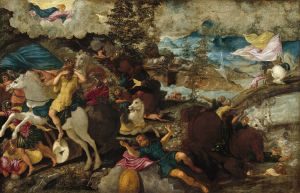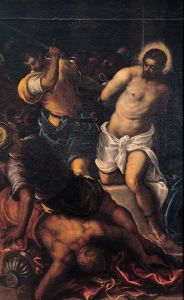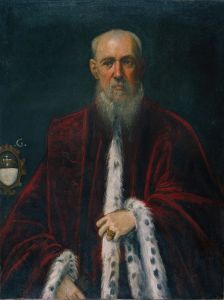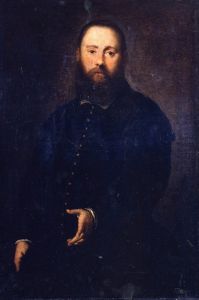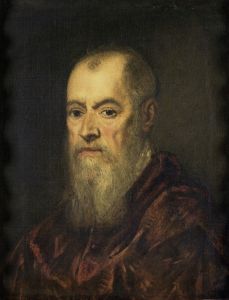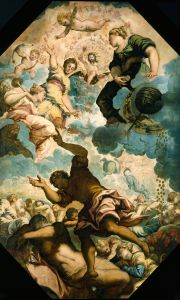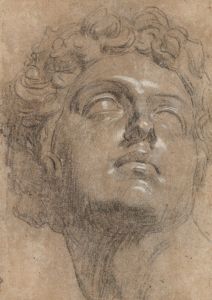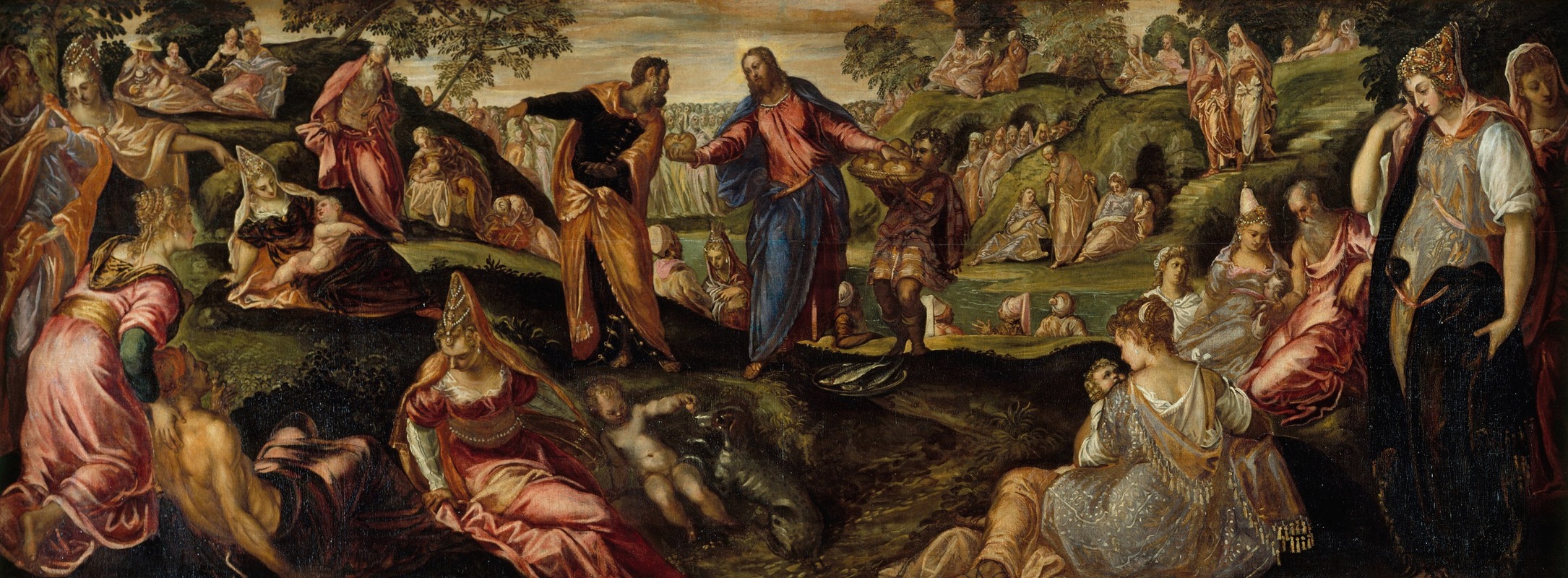
The Miracle of the Loaves and Fishes
A hand-painted replica of Jacopo Tintoretto’s masterpiece The Miracle of the Loaves and Fishes, meticulously crafted by professional artists to capture the true essence of the original. Each piece is created with museum-quality canvas and rare mineral pigments, carefully painted by experienced artists with delicate brushstrokes and rich, layered colors to perfectly recreate the texture of the original artwork. Unlike machine-printed reproductions, this hand-painted version brings the painting to life, infused with the artist’s emotions and skill in every stroke. Whether for personal collection or home decoration, it instantly elevates the artistic atmosphere of any space.
Jacopo Tintoretto, an eminent Italian painter of the late Renaissance, is renowned for his dynamic compositions and vigorous brushwork. One of his notable works is "The Miracle of the Loaves and Fishes," which captures a biblical scene with his characteristic dramatic flair. Tintoretto, whose real name was Jacopo Robusti, was a leading figure in the Venetian school of painting, and his works are celebrated for their innovative use of perspective and light.
"The Miracle of the Loaves and Fishes" depicts a scene from the New Testament, specifically from the Gospels, where Jesus performs a miracle by feeding a multitude with only five loaves of bread and two fish. This event is one of the most famous miracles attributed to Jesus and is recounted in all four Gospels: Matthew, Mark, Luke, and John. The scene is emblematic of Jesus' compassion and divine power, making it a popular subject in Christian art.
Tintoretto's interpretation of this miracle is marked by his unique style, which often includes dramatic lighting and a sense of movement. His ability to convey the miraculous nature of the event through expressive figures and dynamic composition is a testament to his skill as a painter. The painting likely features a large crowd gathered around Jesus, with the loaves and fishes being distributed among them. Tintoretto's use of perspective would draw the viewer's eye into the scene, creating a sense of immediacy and involvement.
The painting is believed to have been created during the height of Tintoretto's career, a period when he was producing some of his most ambitious and complex works. During this time, Tintoretto was heavily influenced by the works of Michelangelo and Titian, which is evident in his robust figures and dramatic use of color and light. His ability to blend the grandeur of Michelangelo's figures with the vibrant color palette of Titian resulted in a distinctive style that set him apart from his contemporaries.
Tintoretto's works were often commissioned by religious institutions, and it is likely that "The Miracle of the Loaves and Fishes" was created for a church or religious confraternity. Such commissions were common in Venice during the Renaissance, as art played a crucial role in religious expression and education. Paintings like Tintoretto's would have been used to inspire faith and devotion among the congregation, illustrating biblical stories in a vivid and accessible manner.
While specific details about the provenance of "The Miracle of the Loaves and Fishes" are not widely documented, Tintoretto's works are generally well-preserved and can be found in various museums and collections around the world. His paintings continue to be studied and admired for their technical brilliance and emotional depth.
In summary, Jacopo Tintoretto's "The Miracle of the Loaves and Fishes" is a masterful depiction of a key biblical event, rendered with the artist's signature dynamism and dramatic use of light. It reflects both the religious fervor of the time and Tintoretto's exceptional ability to bring biblical narratives to life through his art.





